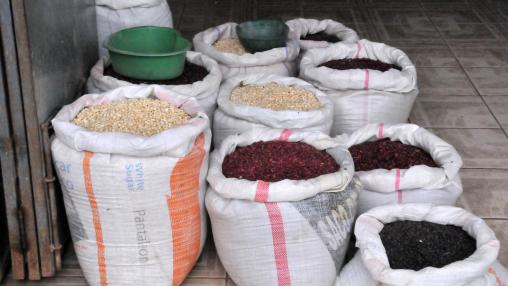
Cereal prices continue to rise in April, says FAO Food Price Index
The FAO Food Price Index remained nearly unchanged in April; however, cereal and dairy prices continued to rise.
The Cereal Price Index rose 1.7 percent from March, reaching almost 16 percent higher than its April 2017 levels. This is the fourth consecutive month of such increases, which are being driven largely by weather-related fears for wheat and maize and government purchases in Indonesia and the Philippines for rice.

Global wheat and maize prices continue to rise
Global wheat and maize prices rose for the third consecutive month in March, according to the latest FPMA Bulletin from FAO. This increase brings prices more than 10 percent above their December 2017 levels.
Prolonged dry weather in the United States drove much of the price increases for wheat, as did concerns about cold and wet weather in some parts of Europe. Dry weather in Argentina contributed to maize price increases. Global demand for these commodities also remained strong in March, further driving up prices.

Innovations in food systems: the key to human and planetary health
The world has made tremendous progress in improving food security and nutrition. The proportion of people experiencing hunger fell from 14.7% to 10.6% between 2000 and 2015. And we’ve made progress on undernutrition, with the prevalence of child stunting dropped from 40% to 23% between 1990 and 2015. Food systems – the technical, economic, social and environmental processes and actors through which we feed the world’s population – have played a huge role in this progress.

The Rise of Antiglobalization: 2018 Global Food Policy Report
The world will continue to face major challenges from political and economic uncertainty, conflict, and climate change in 2018 and beyond, and the rising trend of anti-globalization in some developed countries could hamper the ability of policymakers to respond to these challenges. The result could be slowed progress toward the Sustainable Development Goals (SDGs) and food and nutrition security, especially in developing countries.
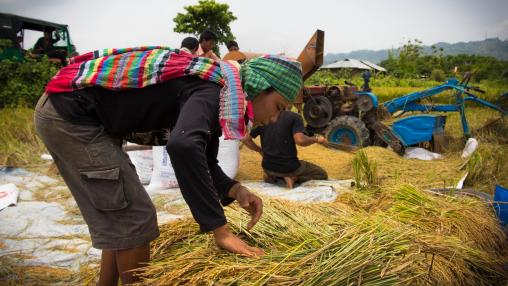
Food Price Trends Report Released
The latest version of FAO’s Monthly Report on Food Price Trends (FPMA) was recently released. The February report shows global cereal prices have increased overall since the start of 2018.
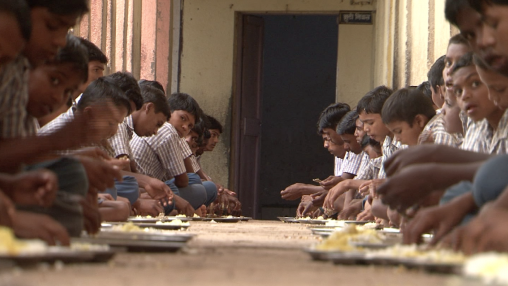
The evolution of nutrition policies: Evidence from India
The Green Revolution in Asia in the 1960s led to increased production of staple food crops like rice and wheat, which reduced hunger and boosted incomes and overall economic growth. However, according to a new study published in Global Food Security, this progress has been slow to translate from food security, focused on quantity of food, to nutrition security, focused on quality of food. As such, malnourishment in the form of chronic micronutrient deficiencies, overweight, and obesity continue to plague the region.
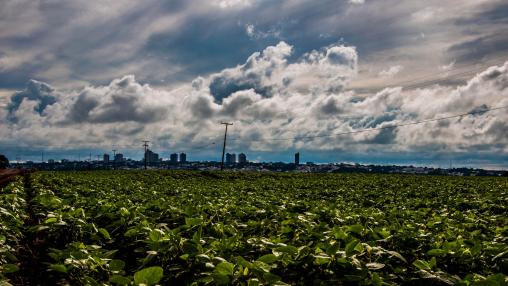
Global crop production and ending stocks expected to rise: FAO, AMIS
The FAO Food Price Index remained steady in January and fell three percent from its January 2017 levels.
The Cereal Price Index rose almost 2.5 percent in January, reaching 6.3 percent above its year-earlier levels. The increase was driven mostly by wheat and maize prices; despite ample supplies, the price of these crops increase due to a weakening US dollar and concerns over weather. Strong demand from Asia also continued to drive up global rice prices in January.
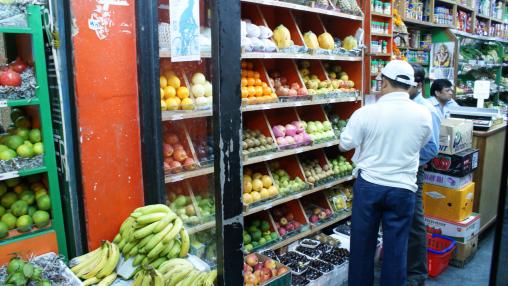
How the food system shapes nutritional outcomes
Recent years have observed a constant increase of obesity and overweight rates in developing countries, coexisting with lingering rates of wasting and stunting. Around the world, almost a billion people are suffering from hunger and over 2 billion have nutrition deficiencies, but at the same time, almost 2 billion are overweight or obese. The question of malnutrition has thus transitioned toward diet composition rather than just insufficient caloric intake.
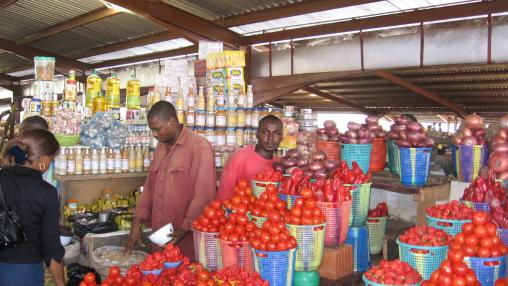
FAO Food Price Index Rose Overall in 2017
Despite a 3.3 percent decline in December, the FAO Food Price Index saw an overall increase for 2017 as a whole. The Index rose 8.2 percent from 2016 to reach the highest annual average seen since 2014. The increase was driven mainly by sharp increases in dairy and meat prices, but international cereal prices also experienced a modest increase in 2017.
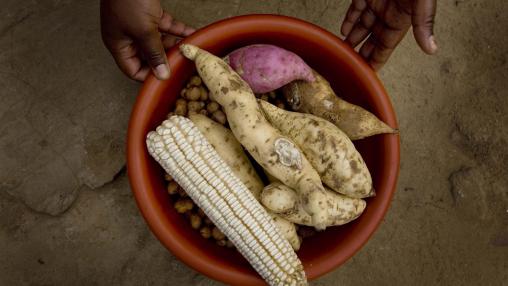
Using Social Safety Nets to Improve Food Consumption
Social protection programs – specifically social safety nets – can meaningfully increase poor populations’ food consumption and asset holdings, according to a new study published in World Development .